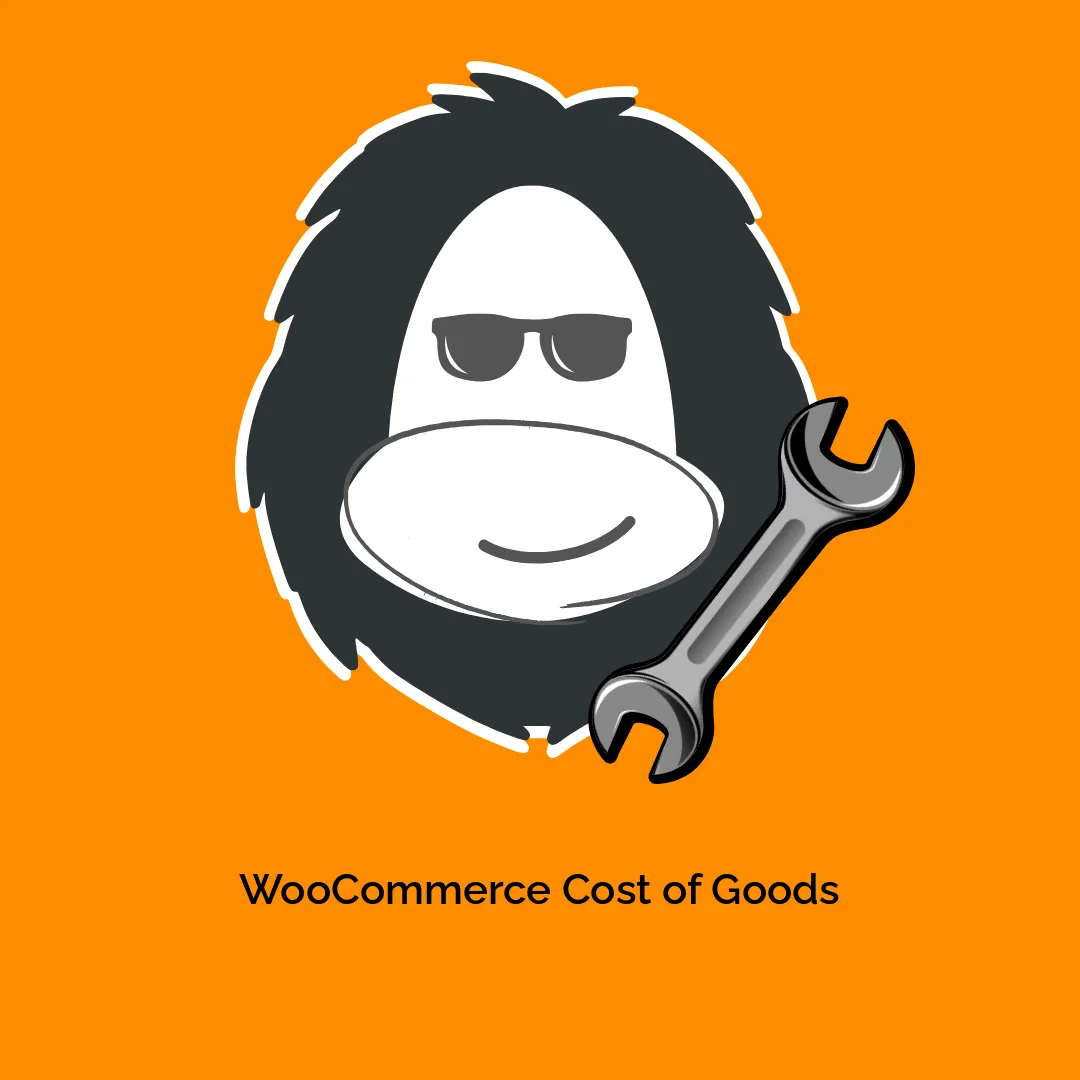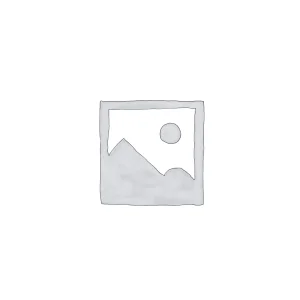Understanding WooCommerce Cost of Goods
WooCommerce has become a powerhouse platform for online retailers, allowing sellers to seamlessly manage everything from product listings to customer orders. One invaluable feature that has been added to enhance the experience is the WooCommerce Cost of Goods functionality, which offers a more in-depth view of profitability. With this feature, sellers can evaluate not just revenue but also the associated costs and profits for each product, providing essential insights for making data-driven marketing and sales decisions.
The Importance of Tracking Costs
In any business, knowing the costs associated with goods sold is critical. It allows merchants to determine their profitability accurately, assess pricing strategies, and identify which products yield the best return on investment. The WooCommerce Cost of Goods module simplifies this process by enabling store owners to input a “Cost of Goods” field for both simple and variable products. This new capability is a game-changer for e-commerce businesses looking to enhance their bottom line.
Imagine running a store that sells customized T-shirts. Initially, you might track only how much revenue each shirt brings in. However, when you factor in the costs of materials, printing, and shipping, the landscape changes dramatically. By employing the WooCommerce Cost of Goods, you can swiftly add these costs, allowing you to better evaluate which designs are truly profitable. This helps steer inventory decisions and marketing strategies effectively.
How It Works
The implementation of the Cost of Goods extension is straightforward. Store owners can quickly add costs to each product and its variations directly within the WooCommerce interface. When a customer checks out, the system computes the total costs automatically, granting profound visibility into profit margins. This feature not only enriches sales data but also aids in making informed financial decisions.
For example, suppose you manage an online boutique selling handmade jewelry. By setting the cost for each necklace and bracelet on the product page, you can instantly see how much profit you make on every sale. Even if material costs rise later, your historical data remains intact, ensuring you always have accurate insights for managing your store’s profitability.
In-Depth Reporting Capabilities
Tracking the cost of goods certainly wouldn’t be effective if it wasn’t coupled with comprehensive reporting features. WooCommerce includes robust reporting tools that allow you to glean actionable insights from your sales data. You can see not only which products are top-sellers but also which items yield the highest margins. This capability helps businesses make strategic decisions, such as adjusting pricing or deciding on special offers.
Another remarkable feature is the potential to apply costs retrospectively to previous orders. You can retro-fit costs into products sold before the WooCommerce Cost of Goods module was activated. This addition to settings allows sellers to analyze historical profits effectively. For example, if you had successfully sold a line of candles last season, you can now input the costs associated with those products to evaluate their profitability retroactively. This analysis helps clarify which products are worth pursuing in future inventory decisions.
Enhancing Marketing Strategies
With a crystal-clear view of your profits thanks to the WooCommerce Cost of Goods, you can refine your marketing strategies more effectively. Say you have implemented various advertising campaigns, such as pay-per-click or print ads. With the detailed profitability reports generated, you can identify which products are most likely to convert and adjust your marketing focus accordingly. For instance, if your analysis reveals that a certain candle scent has the highest profit margin, you could concentrate your ad spend there, ensuring you maximize your returns.
Moreover, knowing which items are the least profitable can also be critical. If a particular product line isn’t performing well, you might consider revamping it, providing special discounts, or phasing it out altogether. This level of strategic decision-making is essential for long-term success in any retail environment.
Best Practices for Implementing Cost Tracking
-
Consistent Updates: Regularly update the cost information for your products, especially when prices for materials or overhead costs change. Keeping this data up-to-date ensures that your profit calculations are as accurate as possible.
-
Monitor Variations: If you sell products that have variations—like sizes or colors—be vigilant in inputting specific costs associated with each variation. For instance, if a larger size requires significantly more material, make sure to account for the difference.
-
Analyze Reports Monthly: Make it a habit to review your profit reports monthly to identify trends, opportunities, and areas needing improvement. Setting a regular schedule for analyzing profitability can lead to ongoing business improvements.
-
Use Feedback: Incorporate customer feedback into your decision-making process. If certain products are receiving better reviews and higher sales, but not making the margin you anticipated, it may warrant adjusting the product offer based on constructive client input.
-
Integrate Other Tools: Consider using additional WooCommerce extensions, such as inventory management tools or customer relationship management (CRM) software, to complement your cost of goods data and gain a more extensive business overview.
Conclusion
In conclusion, the WooCommerce Cost of Goods extension is an essential tool for any WooCommerce store owner who wants to gain deeper insights into their profitability. It allows for precise tracking of costs and profits, aiding in sound business decisions based on data rather than assumptions. With the ability to assess which products are truly generating profit and which ones may be dragging down performance, sellers can optimize their operations for better financial health.
Utilizing these insights not only enhances decision-making but can lead to an overall more sustainable and profitable business model. Whether you’re a seasoned e-commerce entrepreneur or just starting in the online retail space, embracing the WooCommerce Cost of Goods can significantly influence your success. By understanding your costs better, you’ll be positioned to make smarter choices, drive profitability, and ultimately, enjoy greater success in the competitive e-commerce landscape.
WooCommerce Cost of Goods: Download for Free on OrangoGPL
Yes indeed, downloading WooCommerce Cost of Goods for Free on OrangoGPL is 100% viable and within the law.
Truly, even downloading a cracked WooCommerce Cost of Goods is law-abiding, because the license it is distributed under is the GPL (General Public License), and this license allows anyone its free distribution.
Thus, you can be relaxed: If you wish to buy WooCommerce Cost of Goods cheaply or, directly, to download WooCommerce Cost of Goods Plugins nulled and, so, get it 100% free, now, you can do it legally.
Download WooCommerce Cost of Goods GPL: The choice for entrepreneurs just starting
We don’t care what you call it: WooCommerce Cost of Goods deals, download WooCommerce Cost of Goods Plugins GPL, download WooCommerce Cost of Goods without license or download WooCommerce Cost of Goods Plugins cracked.
It is something entirely legal and a necessity for any beginner entrepreneur.








Reviews
There are no reviews yet.